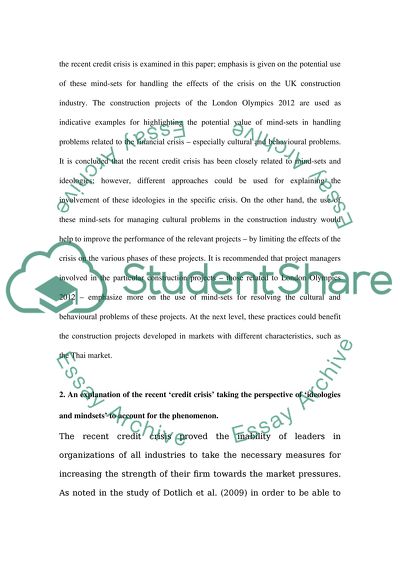Cite this document
(“Culture, Behaviour and Management in field of Construction Project Essay”, n.d.)
Retrieved from https://studentshare.org/environmental-studies/1419834-culture-behaviour-and-management-in-field-of
Retrieved from https://studentshare.org/environmental-studies/1419834-culture-behaviour-and-management-in-field-of
(Culture, Behaviour and Management in Field of Construction Project Essay)
https://studentshare.org/environmental-studies/1419834-culture-behaviour-and-management-in-field-of.
https://studentshare.org/environmental-studies/1419834-culture-behaviour-and-management-in-field-of.
“Culture, Behaviour and Management in Field of Construction Project Essay”, n.d. https://studentshare.org/environmental-studies/1419834-culture-behaviour-and-management-in-field-of.


